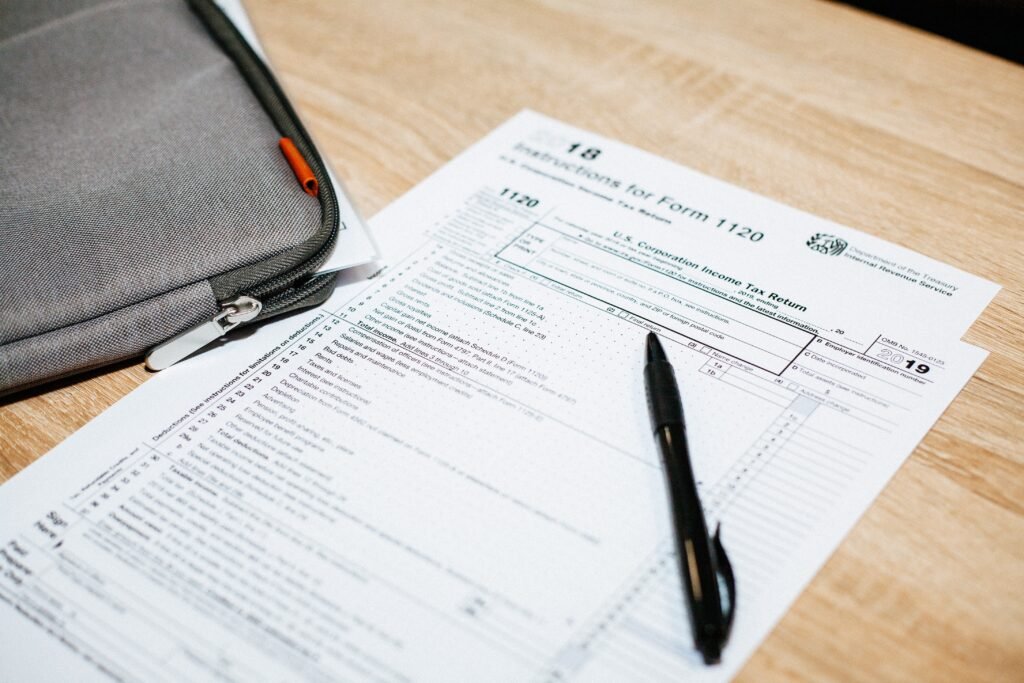Whether it is a payslip from your first job or it is from a company where you have been working for many years, it is still significant to know how your pay is calculated. Your payslip includes important information, like your payroll number, gross and net pay, and your tax code also. Here, we will help you to understand your payslip in detail and explain the things to look for in your payslip.
All workers and employees are entitled to a detailed written payslip- at or before the time they receive their payment. It is not necessary that your payslip will be on paper. Your company can send your payslip online too. Before we get into the things to look for in your payslip, let us first understand what a payslip is.
What is Payslip?
A payslip is a note offered to an employee. This note includes details like the amount they have been paid for a specific time and the tax deduction. A payslip can either be on paper or in digital format and can be sent through post or email.
What does a payslip show?
There are plenty of things that an employer must include on a payslip. Few of them are gross pay, net pay, and tax deductions. The gross pay is the full amount paid to the staff before any deduction. Therefore, the net pay is the amount that is paid to the employee after deductions.
It is mandatory for your employer to plan any tax deductions on your payslip, However, it is not mandatory for your employer to leave an explanation of what they are. Your employer must describe variable tax deductions like National Insurance or Income Tax. Any fixed deductions, like union fees, do not need a description explaining what the deductions are meant for, if your employer offers you a separate statement at least once every year.
It is also a necessity for your employer to delineate the amount and method for any part payments which you may get. For example, if your company pays you part of your salary in cash and the transfers rest into your bank account, then this must be defined clearly in your payslip.
Things to look for in your payslip
A salary slip is generally divided into two sections. These are Income/ Reimbursements/ Prerequisites and Deductions. Each part is further divided into different categories based on the industry and company.
Income
Basic Salary– Usually, between 40 to 60% of your CTC, this is a fixed component of your salary and is the basis on which your HRA, Gratuity, EPF, etc are calculated.
House Rent Allowance (HRA)- Usually, HRA is about 40 to 50% of your basic salary. This includes tax implications. If you are living in a rented house and getting HRA, then tax exemption will be less among: –
- HRA received
- Actual rent
- 50% of basic salary for those who live in metro cities
Conveyance/ Transport allowance- This is paid when the company does not offer free transportation. Most of the companies maintain this at Rs. 1,600 per month, which is the highest tax-deductible amount. For this, there is no need to submit any bills.
Children Education Allowance- The actual amount paid differs across companies, but up to Rs. 100 per month per child up to a maximum of 2 children is exempt from tax.
Medical allowance- This allowance is generally fixed at Rs. 1,250 per month. This is the maximum amount that you can claim in the form of reimbursement. For doing so, you must submit bills incurred on medical expenses for yourself or dependents. If you do not submit bills, the whole amount will be added to your taxable income.
Leave Travel Allowance (LTA)- The amount under this section can be claimed as a tax deduction two times in a period of four years. The present time block is from 2018-2021. For this, you must submit bills for travel acquired by you or with your loved ones.

Bonus- An amount paid to you based on your performance. This can be a variable or a fixed amount paid every quarter or 6 months or even on an annual basis. This is totally taxable as your salary.
Deductions
Professional Tax- This is a tax deduction implied by the state government. An amount of Rs. 200 per month or Rs. 2,500 every year is deducted from your income.
Employee Contribution to Provident Fund
Provident Scheme (PF) is a government scheme meant for savings. A company with 20 or more employees must subscribe to this scheme. Every month, 12% of your basic salary is deducted, which is matched by your employer and added to your provident fund account. Some organizations may also keep this contribution at a minimum level of 12% of Rs. 15,000/, which is about 1,800 every monthly, leaving a high take-home salary for the employees.
Loans/Advances
If you have taken a loan or advance from your company, the installment is deducted every month from your salary. A salary slip is a useful document that contains all important information including your take-home, date of joining, PF No, PAN, leave balance, bank details, etc. You can use your salary slip as an income proof when you apply for a credit card or a loan.
Understanding your payslip
1. Your personal info
Your name and sometimes maybe your home address will be displayed.
2. Your payroll number
Some organizations use payroll numbers to find people on the payroll.
3. Tax period
4. Your National Insurance (NI) number
If you are working in the UK, you must have a NI number. You will the same NI number throughout your whole life- even if you change your company. It is a personal number allocated to everyone for the entire social security system. It is used to ensure all your contributions are recorded properly and helps to build up your privilege to state benefits- similarly like a pension.

5. Payments, bonuses, wages, and commission
This section shows how you have earned in wages prior to any deductions. It might also show how your pay is calculated, for instance, your hourly rate and the number of total hours you worked.
6. Expenses
Your company might pay expenses owed to you through the payroll services. Some of the employers will list down each expense payment separately in your payslip. Others combine them to show a taxable or non-taxable amount.
7. Deductions – tax and National Insurance
Your payslip must display the number of variable deductions, like National and Tax insurance.
8. Loan
If you are paying any loan, like a student loan or personal loans, then the loan amount will be displayed in your payslip. Some companies put running totals of deductions and tax on your payslip. These are specifically useful for maintaining a track of your loan repayments.
Apart from these, there are many important things to look for in your payslip. Have a look at all of them once you receive your payslip. If you do not understand anything or find any mistake in your payslip, consult with someone who is in the payroll department.

